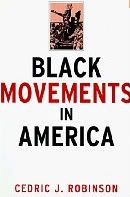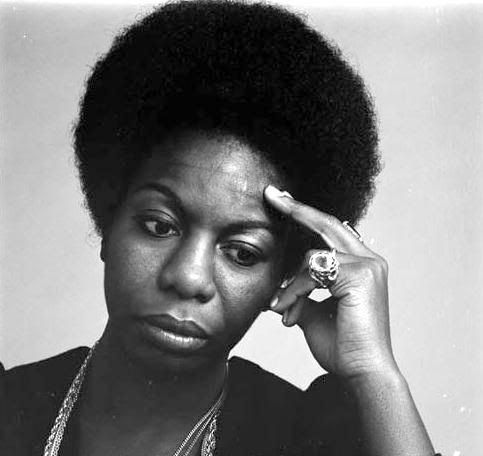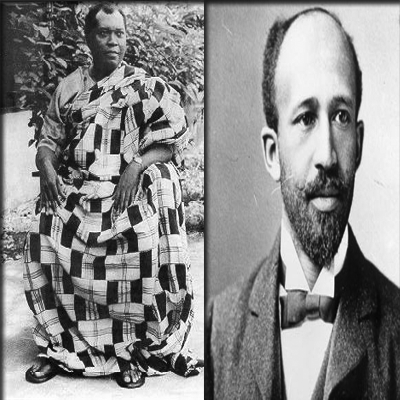
book info: published by Routledge (1997)
the author: Cedric Robinson, professor of Black Studies and Political Science at the University of California, Santa Barbara. Other books include The Terms of Order (1980), Black Marxism (1983), and Forgeries Of Memory And Meaning(2007).
Black Movements in America is an essential add to the library of anyone interested in the history of Black people in the United States of America. This non-fiction text tracks the evolution of the Black experience beginning in 1619 up to the late 20th century. Avoiding the normative assumptions about early Black history, Robinson details the history of enslavement. Central to this discussion is the idea of resistance. We are often told that many of our ancestors were docile and accepted their condition in enslavement. As Robinson outlines, this is furthest from the truth. Along with a discussion of rebellions (Prosser, Vesey, Turner), Robinson outlines the maroon societies that African-Americans created in the South. Robinson then moves the discussion to the free Black experience, African-American involvement during the Civil War, a discussion on the Nadir, and the political movements of African Americans in the 20th century from Garveyism, leftist movements, the modern civil rights era, and Black Power. This is a title that is necessary for all African-American students, and would be important for all US historians to consider. Names mentioned in this work such as Martin Delany, Henry McNeal Turner, and Septima Poinsette Clark, as well as others must contribute to the normative curriculum of African-American history as it is taught today.
(more after the jump)
quote: “Thus, while they might be catalyzed by their immediate historical circumstances, their bases are in alternative world views germinated from radically different Black experiences. From among the antebellum free Blacks, historical consciousness emerged that mirrored the liberal aristocratic American classes. From among the slaves, older African sensibilities were preserved, fertilized in the New World by maroonage and the work regimes of plantation slavery.”(p. 93)
thereadinglist|
Friday, July 24
black movements in america:
Friday, July 24
black movements in america:
cedric robinson
black movements in america:
cedric robinson
cedric robinson
2009-07-24T21:34:00-07:00
Josh M
thereadinglist|













 on facebook
on facebook on twitter
on twitter on linkedin
on linkedin

